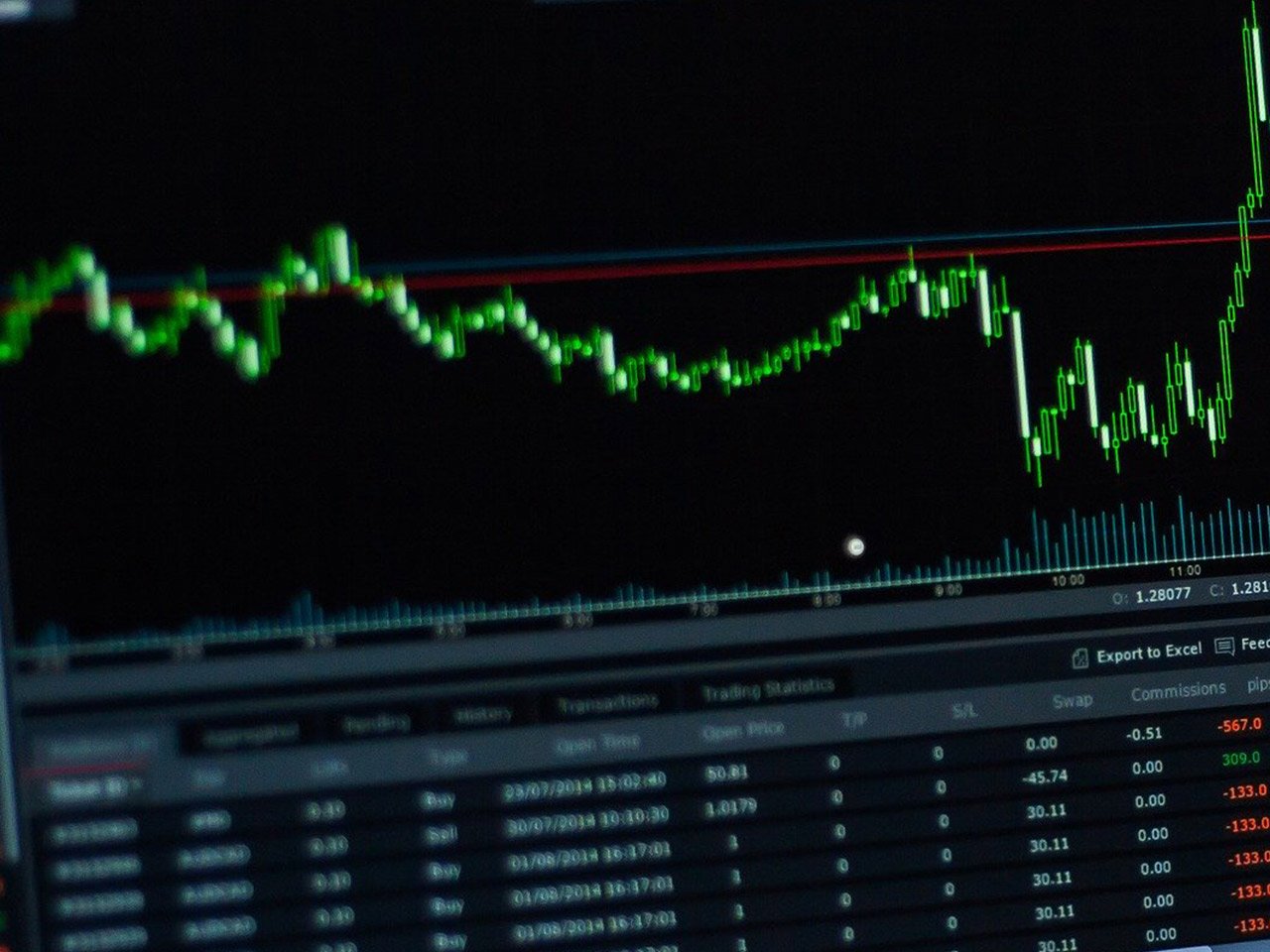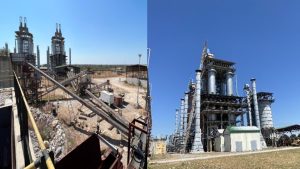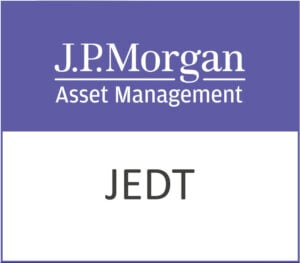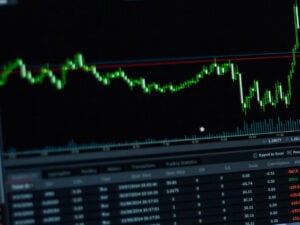For investors seeking exposure to the burgeoning field of renewable energy, The Renewables Infrastructure Group (TRIG.L) stands as a noteworthy consideration. With a market capitalisation of $1.85 billion and a current price of 76.5 GBp, TRIG provides an opportunity to invest in a sector that is not only environmentally significant but also increasingly economically viable.
TRIG’s stock has experienced fluctuations, with a 52-week range between 70.50 GBp and 105.40 GBp, indicative of the volatility often associated with the renewable sector. This price movement is reflective of broader market trends and the inherent uncertainties in transitioning to more sustainable energy sources. However, the current price sits comfortably above the 50-day moving average of 75.98 GBp, though it remains below the 200-day moving average of 87.85 GBp, suggesting a recovery phase amidst broader market adjustments.
The technical indicators offer mixed signals for potential investors. The Relative Strength Index (RSI) of 43.75 suggests that the stock is neither overbought nor oversold, providing a neutral stance. Meanwhile, the Moving Average Convergence Divergence (MACD) of 0.50, though below the signal line of 0.91, may indicate a potential for upward momentum if market conditions align favourably.
Analyst sentiment towards TRIG is cautiously optimistic, with four buy ratings and four hold ratings, and no sell recommendations. The target price range of 80.00 to 135.00 GBp highlights significant potential upside, with the average target price of 104.20 GBp suggesting a 36.21% increase from current levels. This potential for growth, coupled with the absence of sell ratings, underscores TRIG’s attractiveness in the current market environment.
Despite the absence of specific valuation metrics such as P/E, PEG, or Price/Book ratios, the focus on renewable energy may offer intrinsic value that traditional metrics do not capture. The lack of detailed financial performance data like revenue growth or net income presents a challenge for investors relying on fundamentals, but the sector’s growth narrative could compensate for this gap.
Dividends are another area lacking explicit data, yet investors might expect some form of yield given the nature of infrastructure investments. These typically provide stable returns over time, appealing to those seeking long-term income generation in addition to capital appreciation.
The Renewables Infrastructure Group represents an intriguing option for investors looking to align their portfolios with sustainable energy trends. While traditional valuation and performance metrics are not available, TRIG’s market positioning within the renewable sector, combined with analysts’ favourable outlook, suggests it could be a prudent addition for those committed to sustainable investing. For those willing to navigate the uncertainties inherent in the renewable space, TRIG offers a compelling blend of sustainability and potential return on investment.










































